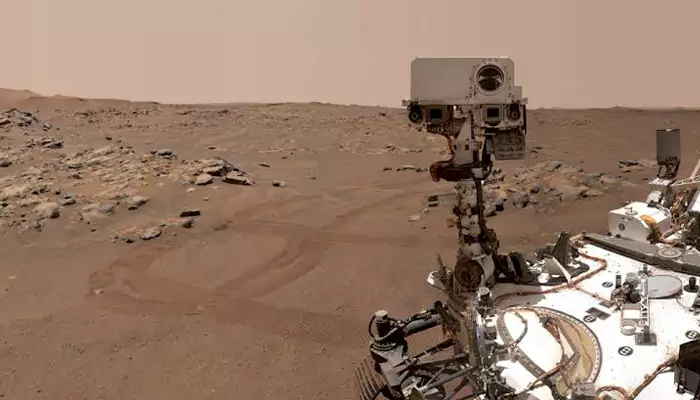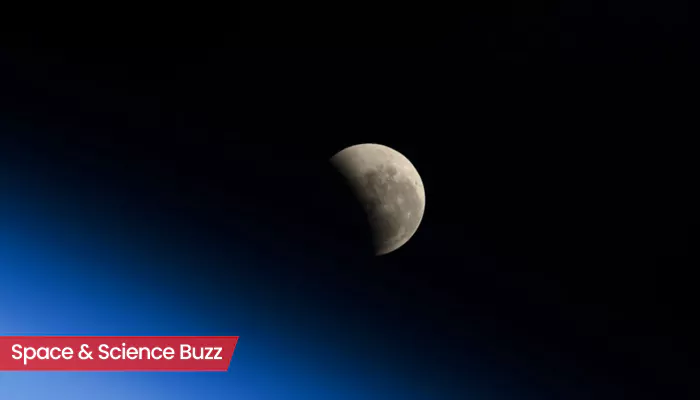Here are today’s most important updates from the realm of Science and Space.
Ancient Life on Mars? Rover’s New Discovery Fuels Big Questions
NASA's Mars rover Perseverance has uncovered rocks in a dry river channel that
may hold potential signs of ancient microscopic life, scientists reported Wednesday. They stressed that in-depth analysis is needed of the sample gathered there by Perseverance - ideally in labs on Earth - before reaching any conclusions. Roaming Mars since 2021, the rover cannot directly detect life. Instead, it carries a drill to penetrate rocks and tubes to hold the samples gathered from places judged most suitable for hosting life billions of years ago. The samples are awaiting retrieval to Earth - an ambitious plan that's on hold as NASA seeks cheaper, quicker options. Calling it an "exciting discovery," a pair of scientists were quick to point out that non-biological processes could be responsible. Collected last summer, the sample is from reddish, clay-rich mudstones in Neretva Vallis, a river channel that once carried water into Jezero Crater.
ISRO-HAL Partnership to Power Next-Gen SSLVs, First Launch by 2027

ISRO has transferred its Small Satellite Launch Vehicle (SSLV) technology to Hindustan Aeronautics Limited (HAL), marking the 100th Technology Transfer Agreement (ToT) facilitated by the Indian National Space Promotion and Authorisation Centre (IN-SPACe). This transfer of technology aims to bolster India’s space industry by democratising access to SSLV manufacturing and supporting its growth as a global provider of affordable, reliable launch services. During the transition, Isro will provide comprehensive training and technical support, guiding HAL in both commercial and technological domains. The agreement covers two SSLV missions under the ToT, helping HAL gain complete expertise required for independent SSLV production.
From Classroom to Cosmos: Indian Students Create Solar Storm Alert System

A team of students from Dr. Akhilesh Das Gupta Institute of Professional Studies used data from the Aditya-L1 mission to provide early warnings for incoming solar storms, particularly those caused by Halo Coronal Mass Ejections (CMEs). The team was announced as the winner of the Bharatiya Antariksh Hackathon 2025 by ISRO for their innovative system. They developed an Artificial Intelligence (AI) system that represents a significant leap forward in predicting solar events and mitigating their potential impact on both space missions and essential infrastructure. Coronal Mass Ejections are substantial solar phenomena characterised by large clouds of plasma being ejected from the Sun. These can trigger geomagnetic storms on Earth, disrupting satellites, power grids, and communication systems.
Out-of-Galaxy Fireworks: Webb Telescope Sees Star’s Giant Blast

NASA's James Webb Space Telescope has captured a massive outflow of hot gases from a large star. This stellar jet spans 8 light-years within the nebula Sharpless 2-284, located 15,000 light-years from Earth. Its size and uniqueness make it a noteworthy find, as such occurrences are uncommon in our galaxy. Lead author Yu Cheng from the National Astronomical Observatory of Japan explained: "We didn’t really know there was a massive star with this kind of super-jet out there before the observation. Such a spectacular outflow of molecular hydrogen from a massive star is rare in other regions of our galaxy." The jet consists of tightly packed plasma, emerging from young stars, signifying the formation of a new star.













